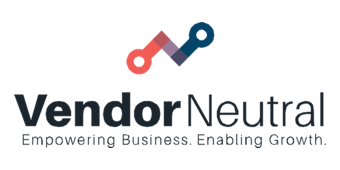
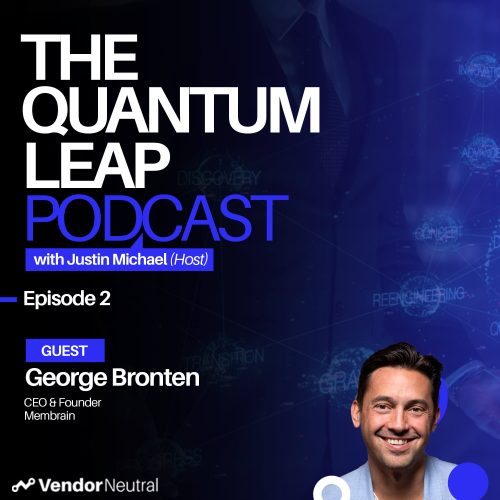

How to Strategically Transform Enterprise Organizations
Episode 2 -
George Bronten
Founder & CEO, Membrain
Read Full Transcript
Justin Michael Welcome to the Vendor Neutral podcast in The Neutral Zone. My name is Justin Michael. Your fearless host. And I’m here with George Bronton, the co-founder and CEO of Membrain. Really great to have you on the show.
George Bronten Thank you. Nice to be here.
Justin Michael Thanks, George. We’re talking about the future of sales technology, marketing technology, operations technology. There’s a lot shifting right now. I know Sachi and Addella said that they saw two years of digital transformation in two months, I’m paraphrasing, but I’m so curious how that’s reflecting in your world as someone who’s been highly involved in CRM innovation, which to go beyond the tooling really sales process and methodology, innovation, and trying to bring behavioral change to this industry. I’ve been following you for probably six to eight years, and I really love your blogs and thought leadership. So I thought you’d be a great guest on the show.
George Bronten Well, thank you. Yes. We’ve done a pretty major shift in our sort of roadmap when COVID hit cause we realized that a lot of companies will be struggling recruiting new clients, and our customer base is not primarily fast-growing SaaS companies, but we have customers in a lot of other industries where you don’t have the entire world of SMB’s as your target group. They rather have usually a smaller target group, and they have a very complex B2B sales environment. So we decided to shift our focus from the sort of standard pipeline management and prospecting where our focus has been over the last few years into how do we help customers really understand who their best customers are and how do we help them to minimize churn, but even more so align with these customers to create mutual growth. So our focus has been a lot on creating a module and technology to drive account growth within a customer, existing customer base.
Justin Michael That’s really phenomenal. I’d love to get a little more tactical. I know you have some products and ideas and a book. And just best practices for me when I record podcasts and blogs. I’m always looking for some how-to takeaways for the folks listening. What would be some tips, like a couple ideas from your work, from your research, from your product roadmap to help foster that alignment, to reduce churn, to get a better process? I’ve noticed you’ve been able to sort of inject classic and modern methodologies into your software systems, which is really cool to be able to retrofit or customize how you’re gonna go to market. A lot of systems won’t allow that flexibility. I probably just opened up Pandora’s box on that one, but I’d love to hear in that direction.
George Bronten Yes. I think you use one word there that’s key for us in anything we do, and that’s flexibility. So you have to be able to tailor your technology to your needs and not have to sort of shoehorn your way of doing things into a predesigned way of doing things in the software. So that’s a key sort of development focus for us always. I think going back to your question there, what would be practical advice? What I see a lot of customers not really having a good grip on is who their best customers really are. You have to; you have to know who your most profitable customers are and give that some thought. How do you define, for instance, potential in accounts? And do you know which accounts have the most potential? According to that definition? And is that definition shared among the teams? So the first sort of thing we did in this new module that we’re working on is a grid, like a visualization of your customer base and trying to get the logos up on that grid to see. Ok, when I’m looking at my accounts like this, does it resonate? Are the right logo’s top right, or is something off? And if something is off, maybe it’s your segmentation model that needs to be fixed or maybe those customers that you thought were the best customers aren’t the best customers. So really getting a grip on that definition of your best customers and which ones have the largest potential for growth? I think that would be sort of my number one advice. I see a lot of companies haven’t really done that exercise, and maybe it’s now with the situation we’re in it might also have shifted because some of those clients you had before, who were the best clients, might be struggling and you have to reach segment your market. So you have to be very dynamic in that modeling of your segmentation and who your best customers are and where there is growth. So that would be my first advice on that question of yours.
Justin Michael That’s great advice. So enabling that through software, in my research I’ve noticed that really from a scientific perspective, something like 70 percent of what reps do is automatable, and so the question is, how do you free up the human for their marketing time, selling time? their creativity and ideation? Some of these legacy systems tend to get in the way of the most powerful components of the human, the human A.I., and you talk about Membrain and a brain. How do we revolutionize these systems going forward? One, two, three years to unlock potential versus limited?
George Bronten I think everything that can be automated should and probably will be automated. The difficulty lies in knowing what that is, I believe because sometimes I see companies automating things that might not be smart to automate. And I think we’re always chasing for increased efficiency, but if you increase efficiency before you have designed an effective system, you’re not going to really increase productivity and you might do yourself a disservice. So I always say effectiveness first, efficiency later, but I see a lot of companies doing it the other way around. They just think, let’s do more of the same and that’s going to help us, but if you’re not doing the right things, you’re just going to mess things up. So knowing what to automate, I think is the first thing. I don’t know about this. I hear that, I mean, numbers are thrown around all the time that we don’t have enough selling time, but I think maybe an even bigger issue that I’m seeing is that there is no structure. So a lot of sales teams and salespeople are left to their own devices and are basically just winging it and are not given the leadership and the structure and the coaching that is needed to succeed. So I find myself going back to sort of those basics all the time. Is there a strategy that is aligned with how buyers should be buying your stuff? Do you have a process that is informative and actionable and easy to learn and easy to execute? Are your managers coaching, really their people? Are you growing their skill sets? Are you analyzing the right things so you can iterate your strategy in the process and the skills? Some basics. Things like this we really need to nail before we can sort of find A.I.to do the work for us.
Justin Michael I find that a lot too in my research is that the issue is we’re amplifying a garbage process. You know, no one has stepped back and worked out their marketing funnel alignment with sales, the CSM mitigation of churn, mapped the entire user journey, and then gone back in and rebuilt the stack around it. It’s more like these Frankinstacks, almost like no technical debt. I got a quote. Alan Shreffler, the CEO of Pegasystems, Pega for that quote, your Frankenstack, do you see that? Like you go into a company and you’ve got this enablement platform that can unlock its vision, but there is so caught up with this scaffolding that’s blocking them from moving, you know.
George Bronten Yeah. Yeah, I have a phrase I use for that. I call it point pollution, because you buy all this. It was a slip of the tongue. I was talking to a guy and I said, okay, you know, all these point solutions that are popping up all the time, but I misread that word and said point pollution. So I think we’re polluting the sales stack before like you say before we have a very well thought through process and strategy on how to do things. So but is that? It’s human, right? We try to take shortcuts and while doing so, we create problems for ourselves.
Justin Michael Yeah, I agree with that. Where do you think CRM is going? Where do you think, you know, automation of marketing and sales is going? I would love your unique take without revealing your roadmap or if you can talk about, you know, where you’re taking your product or where you’re taking your sector and niche. I think people would be really interested in that. You’ve been doing, you know, your role there for eight years. I was noticing. I mean, you’ve been part of shaping the industry in many ways.
George Bronten Yes. I’m not a big automation guy. We don’t have too much automation in Membrain. We are really focused on the humans, so we talk about behaviors. We want to drive the right behaviors. Automation is fantastic where it should be used, but I’ll keep going back to the humans and how we can drive that structure and discipline and create that coaching culture. So I’m very much back to sort of that the humans all the time and there’s so many automation tools out there that can do good stuff that are complementary to CRM. But CRM is one of those words like if you say CRM to someone, everyone will have their own sort of definition of what that means. I’ve tried to make it super simple and explain as CRM is basically that the common denominator is a database. Right? That’s how it all got started. Save all the information about your customers in a database and then on top of that, we’ll add different tools, and you’ll access those tools through a user interface. So what I’m hoping to see and what we’re working on, of course, is always improving the user interface, because if the user interface sucks, nobody’s gonna use the tool. And I think that’s where a lot of these traditional CRM’s find themselves today because they built so much stuff into their platform that they are just too cumbersome and hard and difficult to us, and then because they have to be sort of, they’re designed to be for anyone and everyone and then you just have to customize it to fit your needs. There is so much customization going on that it also breaks these systems sometimes to try to make them into something they’re not, and all of a sudden, after three years of customizations and the, what did you call it, Frankinstack stuff going on? It’s completely broken as you basically have to start over. So I think we’ll see more systems that are tailored for your specific way of selling. So we’re working with a lot of you mentioned methodologies; we work with a lot of experts who are have created some kind of intellectual property on how you should be selling effectively and efficiently. So I think those people will work with us to put these frameworks into the tools. I see that happening. I also see a lot of app switching today, which again goes back to the Frankinstack thing, like you have to all of a sudden salespeople have to work in eight apps and that’s not fun anymore. I mean, that’s really reducing their efficiency and effectiveness rather than increasing it. I think Gartner had some studies showing that. So the app switching has to go away or at least be reduced so there will be a lot of acquisitions going on in this space because different companies with a tool for prospecting will probably buy tools for opportunity management and, you know, marketing tools and like HubSpot, for instance, they started as a marketing tool. They went to, I think, sales and now to customer success. We’ll see more of that, more platforms being built by acquisitions or just development to make those more broad.
Justin Michael Yes. So I was nodding my head in agreement because the first funny thing is I’ll give you more terms that I love, AFL, which is another friggin log in and FNAK, F,N,A,C, feature, not a company. At the end of the day, when I have to log in again to get another email or another graph and I just, can someone give me that minority report and like suck in all my systems and just tell me where am I at? And I’ve seen this converged attempt. I love, though, that you keep starting with the humans. It’s the humans. You know, like we have to have our reps trained because there’s this funding thing where it feels like the IPO market has shrunk. The secondary market is white-hot with the hundred million dollar rounds and the unicorns and the decacorns. And what do you do as SAAS eats the whole software world? You need all these SDR’s and new marketing folks. You need all these untrain people to enter the digital industries and what starts to happen, you need process, otherwise, you have chaos. So there’s just opposing forces of an explosion of vendors and technology and the new agile skills coming in the workforce and, you know, is there going to be a radical efficiency or is it just going to be more dysfunction? Is it kind of a bit of both? I’m just so curious your vision because there’s a lot of funding and M&A predicted. I agree with what you said there, too. What do smart leaders do to prepare for the environment that we’re looking at in 2021, 2022, also with a shift of remote work? I’m curious your take on that.
George Bronten Yeah, I think we have to go back to our way of selling, which in turn is defined by how our buyers will buy solutions like ours or solutions or making changes that would involve our solution. So the way of selling is something I talked about a lot, you need to really understand how you should be organizing your sales and marketing and customer success teams to really serve the market you’re going after. Well. So instead of starting by buying technology, you need to really start by defining who are you going after, what’s the most effective and efficient way to sell to that target group, and then design the strategy and the processes and know the skills needed and then buy the tools. Almost the last thing you do. But I think now what people are doing, they’re buying the tools because they believe that’s a shortcut to success and then they find themselves, oh, my God, it’s not, we’re not really becoming more efficient and effective, but everyone is complaining that they have too many logoffs. So going back to how do we sell? What will be our way of selling? What will make us stand out? Another thing that I strongly believe in is everything looks the same today. I mean, it’s a global market. Go to one website and go to a competing website, a competing vendor. I mean, the words they use, even the colors they use will be very similar. So how do you differentiate in that kind of market? And I think how you how you package and how you sell is really what’s going to help you differentiate. So I think how you sell is going to be even more important in the future when the competition gets even stiffer and you really, companies are not and leaders and not spending enough time on thinking about that. They’re so stuck in this do more, faster mindset. I think.
Justin Michael I always talk about the tools for tooling’s sake. You know, you have these sports analogies where you get the better golf club or the better racket. You know, it works well, like I just want to hit the ball like Pete Sampras so I’m going to buy my Prince racket and I’m going to go out there, right? But without the technique, it’s you know, I always talk about retraining my backhand. I have a two-hand handed back end like Agassi. I try to retrain to one hand and so hard, so hard to re-teach that. And I really think of the same issue, You start leaning on the tools, shiny object, and then you forget the form that’s powering the tool, so I think it’s a pretty good analogy. Is there a coaching function or services function to what you do? How are you involved not only getting your tool out there but helping with the behavioral change? That’s the hardest part, organizations in order to modernize, that’s a change management issue. So how do to get the tools and the behavioral shift. That’s it. 64 million dollar question. I should ask that on every show.
George Bronten It is, definitely, and I think it’s not just a challenge that we have to take on, but also the people who designed the strategies and trained the people. So the sales development experts that we work a lot with, much is on their shoulders also to make sure that the training they deliver sticks because that’s the other big problem, right? If you train someone just because you took the training doesn’t mean that you will change your behavior. So I think combining skills development training with technology and follow up coaching and accountability sessions is what will drive and make those changes actually stick. So it’s still teamwork there and the frontline sales managers are key in this, as always they have to be the ones who coach the people, the salespeople to do what they’ve been trained to do well, help them develop as humans and as professionals. So it’s a combination of someone providing the skills, the tooling, and the managers and leadership, of course, as well. I don’t know. That wasn’t maybe a great response to your question.
Justin Michael That’s totally fine. When you look forward if you span out five years from now, what do you see yourself working on? Even 10? Where do you see the technologies you’re touching now going?
George Bronten Five to 10 years is a long time in this industry.
Justin Michael I know it’s a long time and you may not be thinking of it initially but it’s always fun to ask people who have been very involved in improving technology systems where it should go or where you know, where you say people should focus less on the automation and more on the human factors. That’s like a big take away from the show. Yeah, but I’d love that. I’d love your future vision.
George Bronten Yeah. Now, I think some looking at the sales profession, transactionalized sales or simple sales that we can be closed with a phone call or that will all be automated, I think. So when I say focusing on the humans, I’m talking about the complex B2B sales, longer sales cycles, more stakeholders, and that that’s sort of our sweet spot. I think it’s like you said with a tennis analogy, it’s really hard to, or golf is closer to my heart, maybe but, you know, it’s really, really hard to perfect golf swing. You can work on it your entire life, right? And it’s kind of the same in the sales profession. You can read Spin Selling in two hours but if you really want to use spin selling, it can take years before you can perfect it and really be, can say that I am using Spin Selling effectively. So I think we will continue to have to, we have to continue working on the basics. We need to have a strategy and we need to put the process in place. We need to make sure we coach and all these things have to happen. It’s like climbing a ladder, you can’t jump to the 10th. What do you call them in English? The 10th step. You have to take the first set of steps before you get to that 10th step. So start making or taking the shortcuts, really define how you sell. Think about sales, and marketing, and customer success as your competitive advantage. If you do this well, you will out-compete everyone else. even though they might even have a better product. But I think from a leadership perspective, we need to take it much more seriously. Sales is not something that, salespeople are not born like the topic of my book is really about that misconception that I think a lot of people hold, that selling is something that people get when they’re born. They just have these traits that will make them good salespeople. But it’s a profession. It’s something you have to work on. It’s something you have to perfect over time. Five to 10 years, again, what I’m seeing is a lot of consolidation, more platform players, more niche offerings. So I also believe that we’ll see more responsibility has to be taken by either the vendor or the resellers slash partner to the vendor to make that technology work because right now, nobody’s really taking that responsibility, which is why we’re seeing so much churn. I think we’re going to see a lot more merged business models between companies that do different things like skills development, technology, coaching, strategy work. We’ll see these business models be more intertwined.
Justin Michael Yeah, that’s a great vision. So the question now is how as an industry do we go about bringing that enablement? I don’t think one vendor or one thought leader can do that. So I’d love to hear more about your book if it interfaces with these themes or even just to get listeners a way to support you and kinda get in the mindset, skill sets and can you tell us about some of your writings? Whether it’s a blog or a book and you know why I wrote it, sort of how it fills into some of the concepts today.
George Bronten So the book, Stop Killing Deals is how I named it. And the URL is really cool, stop dot killing dot deals. Easy to remember. And I wrote it because I wanted to share some of my own experiences with selling or building a sales team because I made all the mistakes in the book and really those mistakes is what led me to start this company Membrain and the technology we’re building. So the book really goes through my experiences with sucking as a sales manager, sucking at building and scaling a sales team, and sort of the insights I got from that and advice on how to put this structure in place that I believe is needed to really make how you sell a competitive advantage. So that’s the theory behind the book and it actually came out on Audible today. That was the number one question I got from people when putting a book out there, do you have it as an audiobook? And it took me forever to get it out on Audible, but now it’s there. So that’s good fun.
Justin Michael So how do people find you to just go to George Brunton on LinkedIn? Do you have a blog? Where are the best places to get your writings now?
George Bronten Yeah. Please hook up with me on LinkedIn. The blog is on Membrain dot com slash blog, So you can subscribe to that. Right there every week and we have really strong guest bloggers as well.
Justin Michael Fantastic. Last question is, just who inspires you as a technologist, as a sales leader? Can you take me through, like, your mindset, your philosophy? Maybe it’s a quote because what I want to do on this show is talk about innovation, like what gets you up in the morning to work on the space you’ve been working on for nearly a decade, maybe more for other people who are innovating in the tools category that that would be. I have a couple little questions here, more about you before we wrap.
George Bronten So my passion is really, I have a motto in life that is why settle for mainstream? Go upstream. And which is why my first company was called Upstream. So I like to challenge the status quo when I and I think this is for all entrepreneurs, we see something that could be improved and we make it our mission to improve it. So the mission for the company is to elevate the sales profession and there is so much to be done, so much improvement to be made. So that gets me up in the morning. And I’m a software nerd, right? I love software. I love how we can design tools that make people’s lives better and makes businesses grow. Makes people grow. I mean, that that’s really I think that’s super fascinating. So for me, just living in both, one foot in the software and the technology and the design world and other foot is sort of the latest and greatest in selling and marketing and customer success and just always learn new stuff. That’s what gets me up in the morning.
Justin Michael I think that’s really helpful. And so do you have an inspiration or any leaders like Elon Musk or Steve Jobs or people you look to you when you think about technology roadmap. That’s last one,
George Bronten Right, Yes, I do. From my upstream nerve, the whole challenge the mainstream. Of course, Richard Branson comes to mind with Virgin. He’s been really good at that. Challenging the mainstream and I have some entrepreneurial friends that inspire me as well. Who haven’t built like a billion-dollar companies, but just have this curiosity of life and people just always wanting to learn and improve and I really admire that. And people who are just, you know, really deep dive into something. It doesn’t really matter what, I find myself spending hours talking to people, you know, who like trees. An arborist I hired. I mean, we spoke for hours about trees and roots. I just love that when people have passion for something.
Justin Michael That’s awesome, George. It’s been a great, you know, half hour we’re talking about, you know, quantum leap and bringing the space forward and there’s a lot of ways to do that. You’re a really unique voice. I encourage everyone to check out your book, your blogs, your website, and your LinkedIn presence. Connect with you. Shoot George a message about this episode. Check us out on Vendor Neutral and we’ll see you next time. Thank you.
George Bronten Thanks for having me.
-
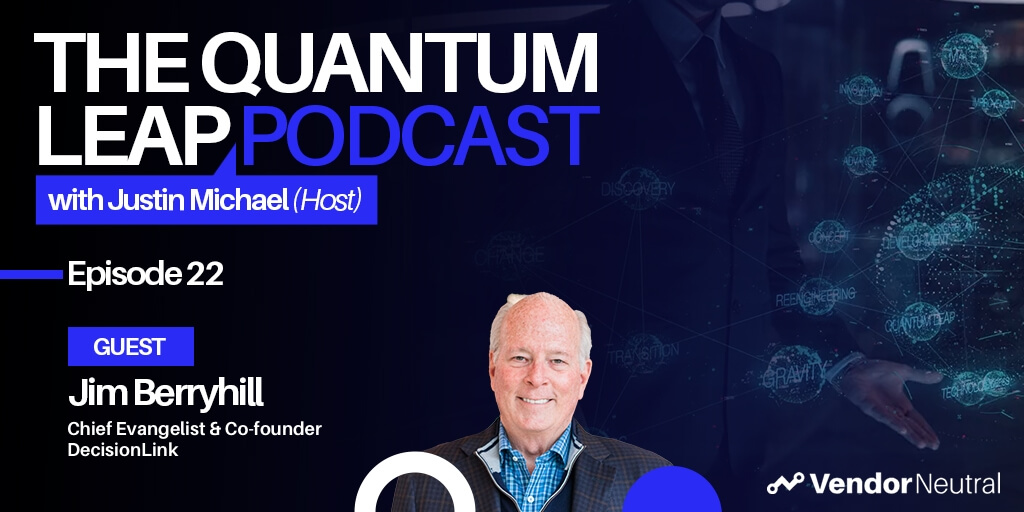 4 Opportunities For Massive Growth In Customer Value Management4 Opportunities For Massive Growth In Customer Value Management
4 Opportunities For Massive Growth In Customer Value Management4 Opportunities For Massive Growth In Customer Value Management -
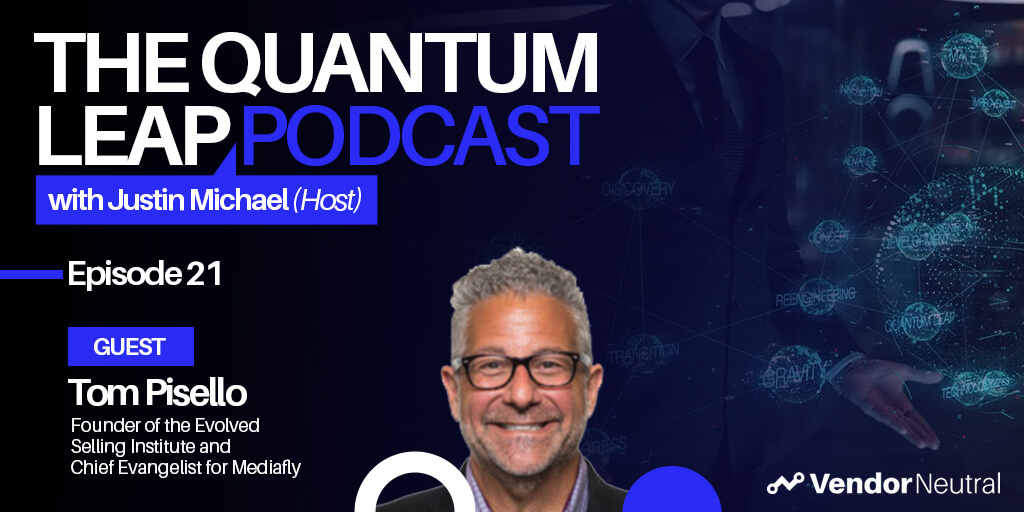 Closing the Customer Engagement Gap | Showing A Clear Case of ROIClosing the Customer Engagement Gap | Showing A Clear Case of ROI
Closing the Customer Engagement Gap | Showing A Clear Case of ROIClosing the Customer Engagement Gap | Showing A Clear Case of ROI -
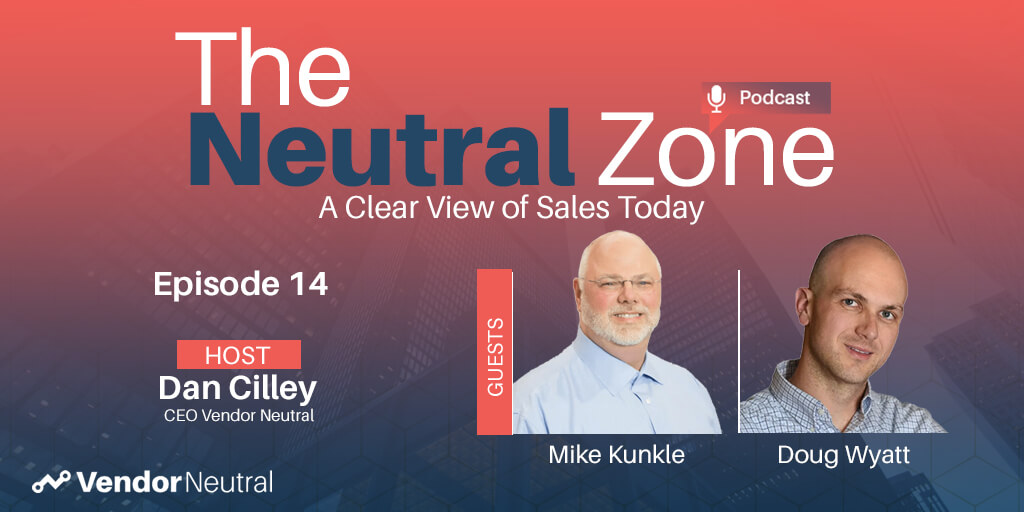 Buyer-Centric Selling | Modern Sales Foundations Virtual Sales TrainingBuyer-Centric Selling | Modern Sales Foundations Virtual Sales Training
Buyer-Centric Selling | Modern Sales Foundations Virtual Sales TrainingBuyer-Centric Selling | Modern Sales Foundations Virtual Sales Training -
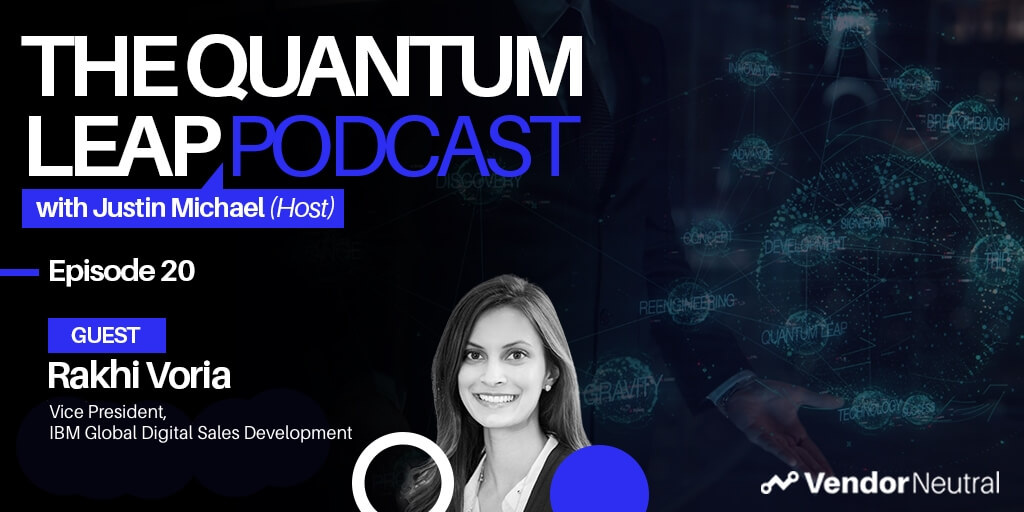 Biggest Trends in Digital TransformationBiggest Trends in Digital Transformation
Biggest Trends in Digital TransformationBiggest Trends in Digital Transformation -
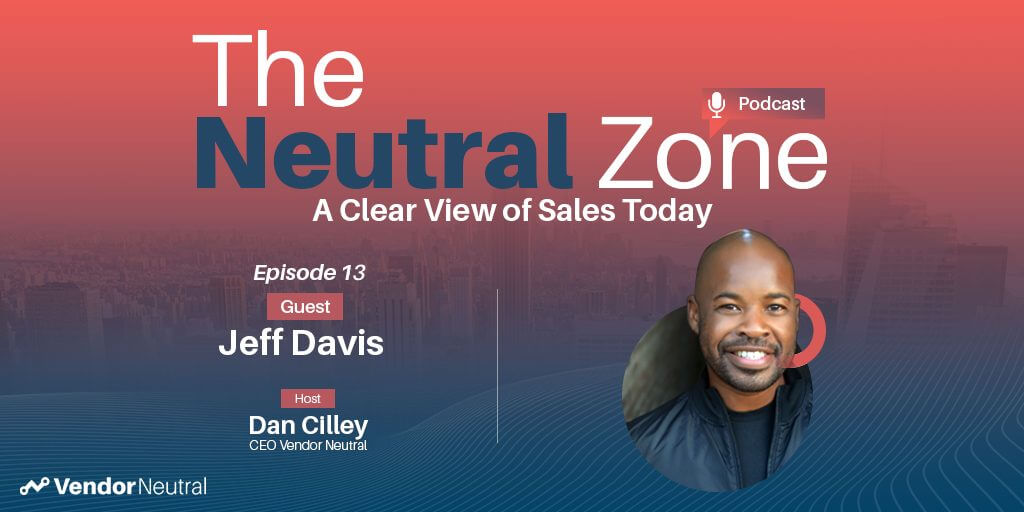 Focus on These 3 Things for Sales Technology AdoptionFocus on These 3 Things for Sales Technology Adoption
Focus on These 3 Things for Sales Technology AdoptionFocus on These 3 Things for Sales Technology Adoption -
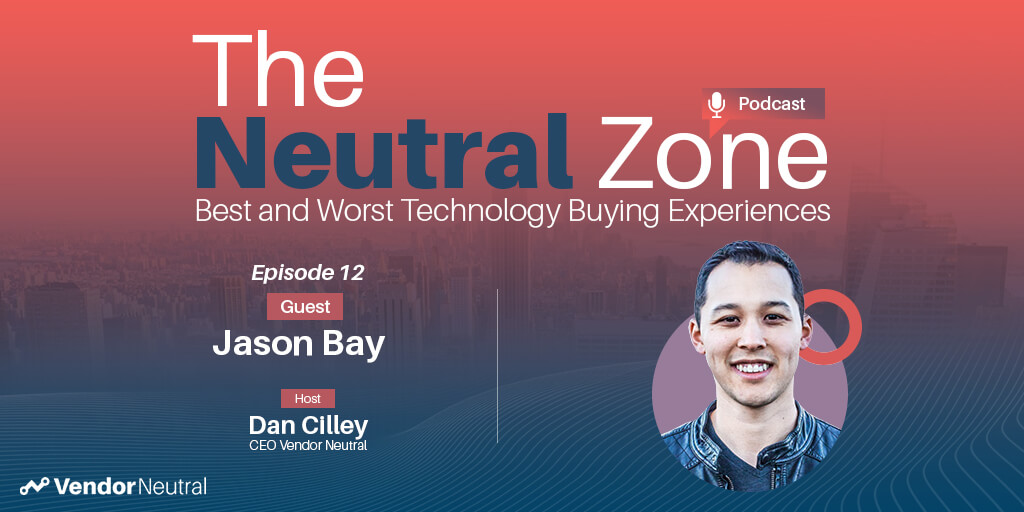 For Sales Technology Buyers A Customer Success Strategy is KeyFor Sales Technology Buyers A Customer Success Strategy is Key
For Sales Technology Buyers A Customer Success Strategy is KeyFor Sales Technology Buyers A Customer Success Strategy is Key -
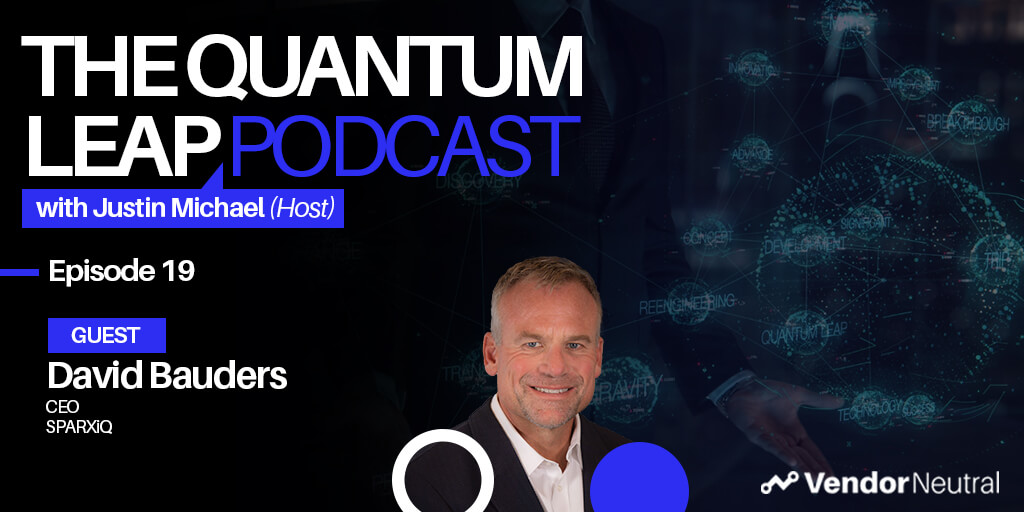 The Future of Sales TrainingThe Future of Sales Training
The Future of Sales TrainingThe Future of Sales Training -
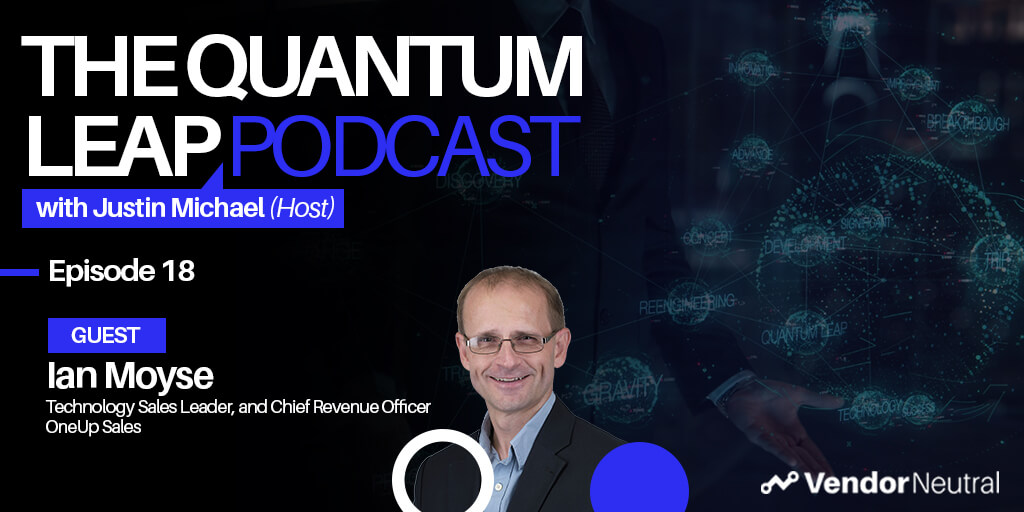 Sales Enablement to Generate Revenue in 2021 and BeyondSales Enablement to Generate Revenue in 2021 and Beyond
Sales Enablement to Generate Revenue in 2021 and BeyondSales Enablement to Generate Revenue in 2021 and Beyond -
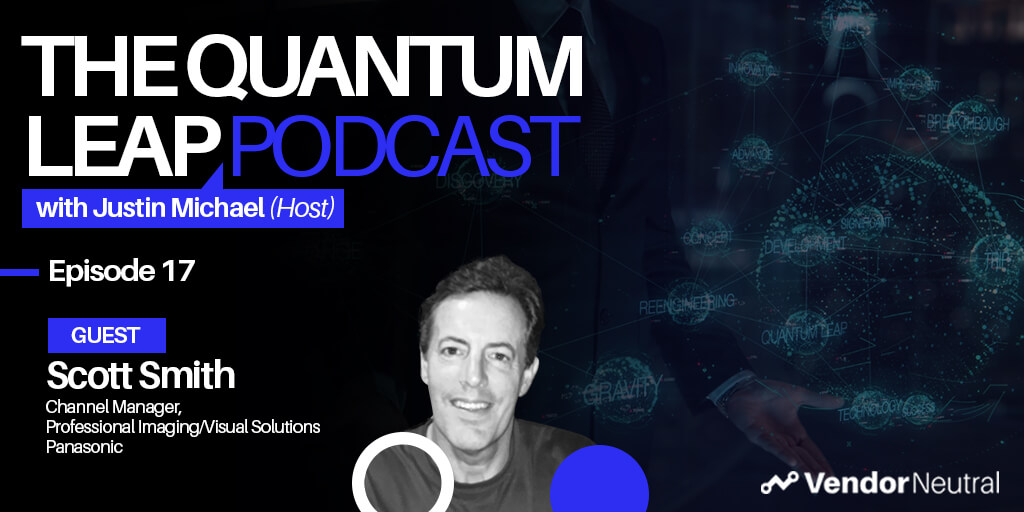 Leveraging Sales Technology in Enterprise Channel Sales | Start by identifying the problems you’re trying to solveLeveraging Sales Technology in Enterprise Channel Sales | Start by identifying the problems you’re trying to solve
Leveraging Sales Technology in Enterprise Channel Sales | Start by identifying the problems you’re trying to solveLeveraging Sales Technology in Enterprise Channel Sales | Start by identifying the problems you’re trying to solve -
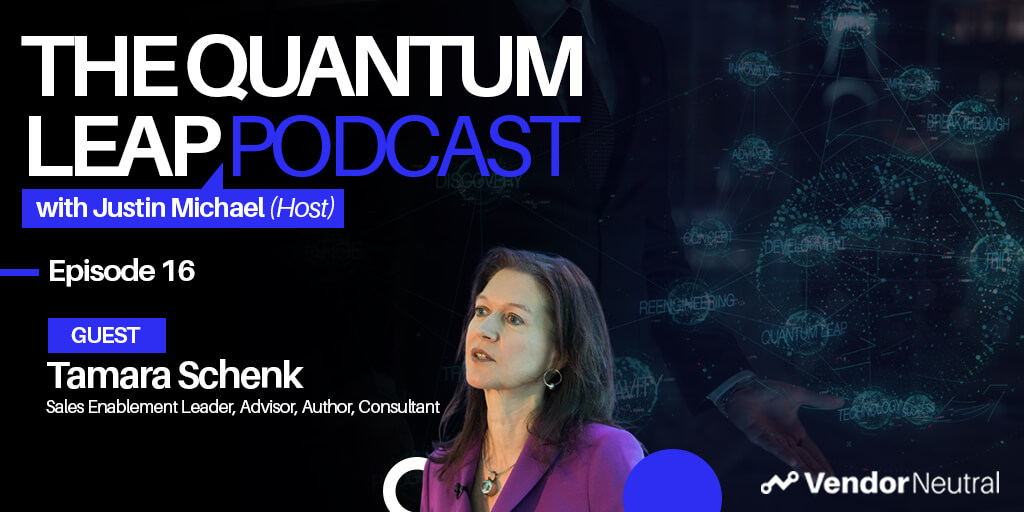 The One Question to Ask Before Sales Technology Implementation to Ensure the Success of Your Enablement InitiativeThe One Question to Ask Before Sales Technology Implementation to Ensure the Success of Your Enablement Initiative
The One Question to Ask Before Sales Technology Implementation to Ensure the Success of Your Enablement InitiativeThe One Question to Ask Before Sales Technology Implementation to Ensure the Success of Your Enablement Initiative -
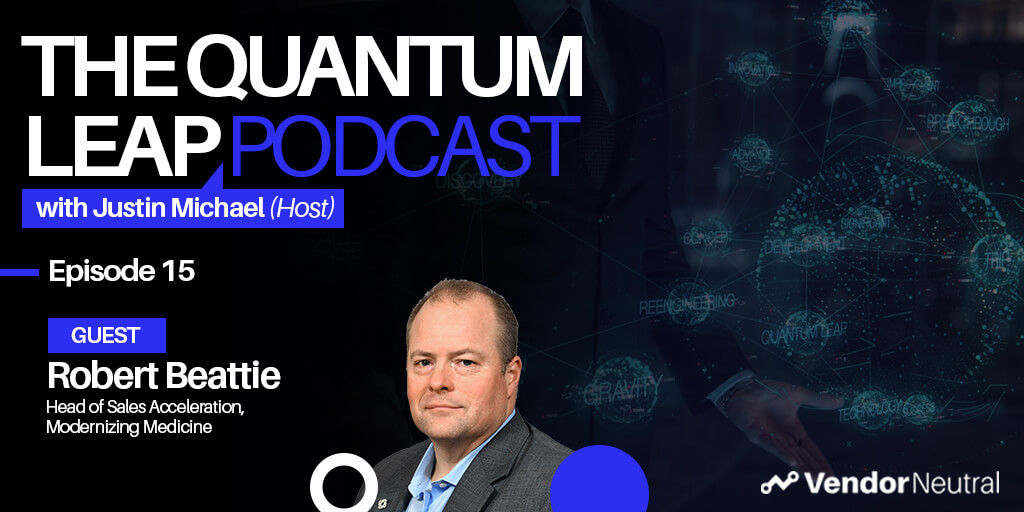 Digitally Enabled Enterprise Sales - Technology & Skills You'll Need in 2025Digitally Enabled Enterprise Sales - Technology & Skills You'll Need in 2025
Digitally Enabled Enterprise Sales - Technology & Skills You'll Need in 2025Digitally Enabled Enterprise Sales - Technology & Skills You'll Need in 2025 -
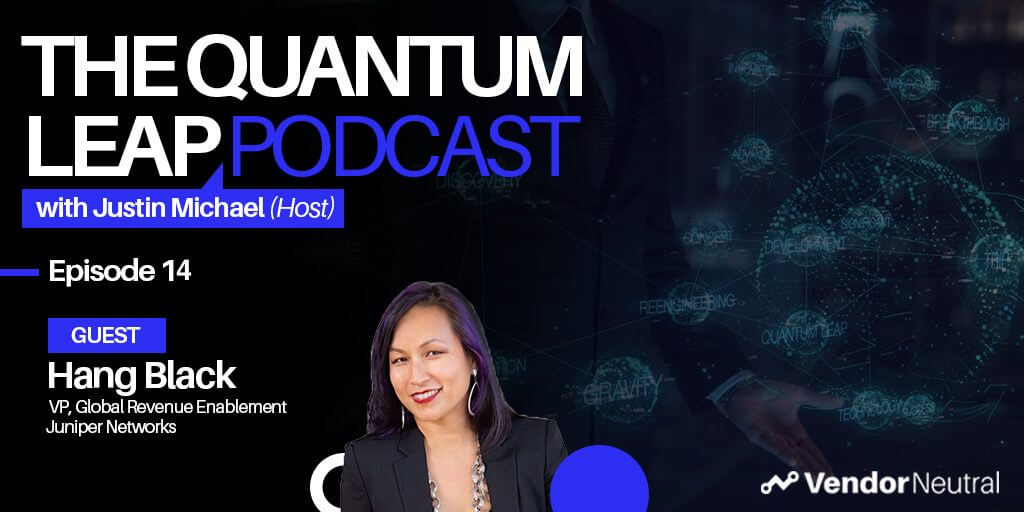 A Look Into The Future of Sales EnablementA Look Into The Future of Sales Enablement
A Look Into The Future of Sales EnablementA Look Into The Future of Sales Enablement -
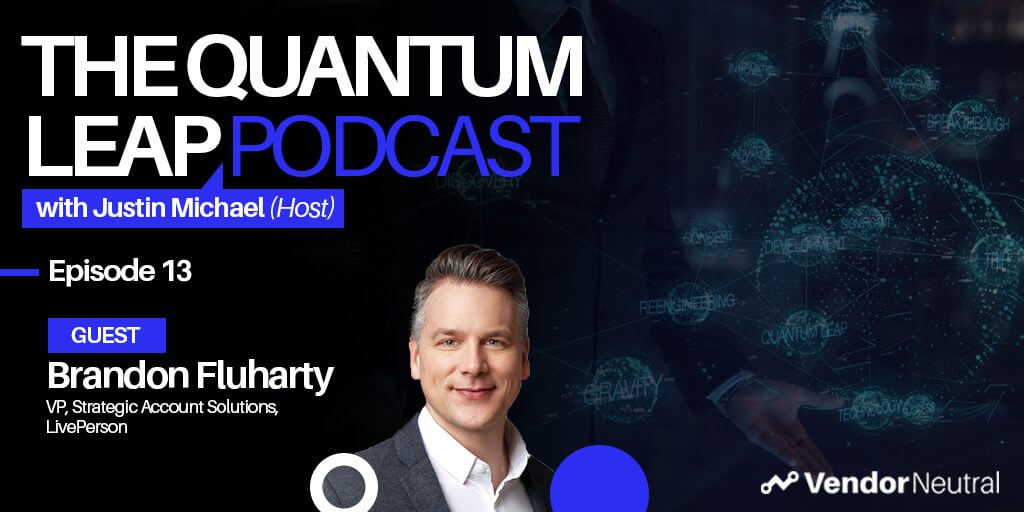 3 Ways Sales Technology will Shape the Future of Strategic Selling & Enterprise Sales3 Ways Sales Technology will Shape the Future of Strategic Selling & Enterprise Sales
3 Ways Sales Technology will Shape the Future of Strategic Selling & Enterprise Sales3 Ways Sales Technology will Shape the Future of Strategic Selling & Enterprise Sales -
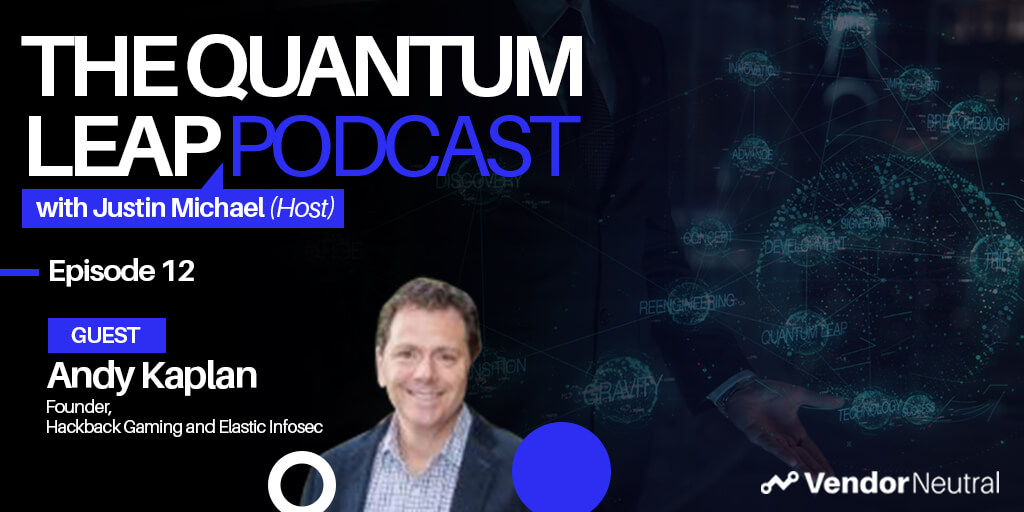 Future of Sales in the EnterpriseFuture of Sales in the Enterprise
Future of Sales in the EnterpriseFuture of Sales in the Enterprise -
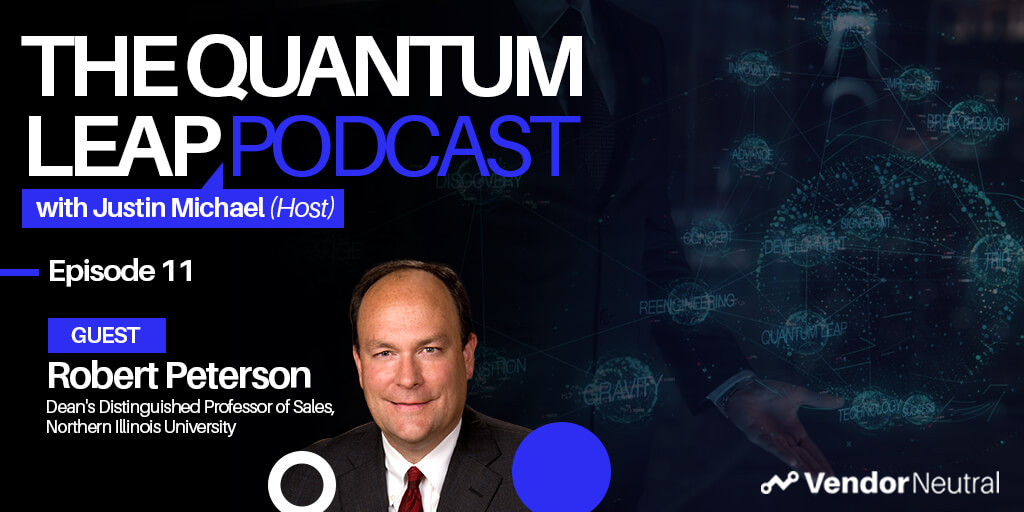 Developing the Revenue Leaders of TomorrowDeveloping the Revenue Leaders of Tomorrow
Developing the Revenue Leaders of TomorrowDeveloping the Revenue Leaders of Tomorrow -
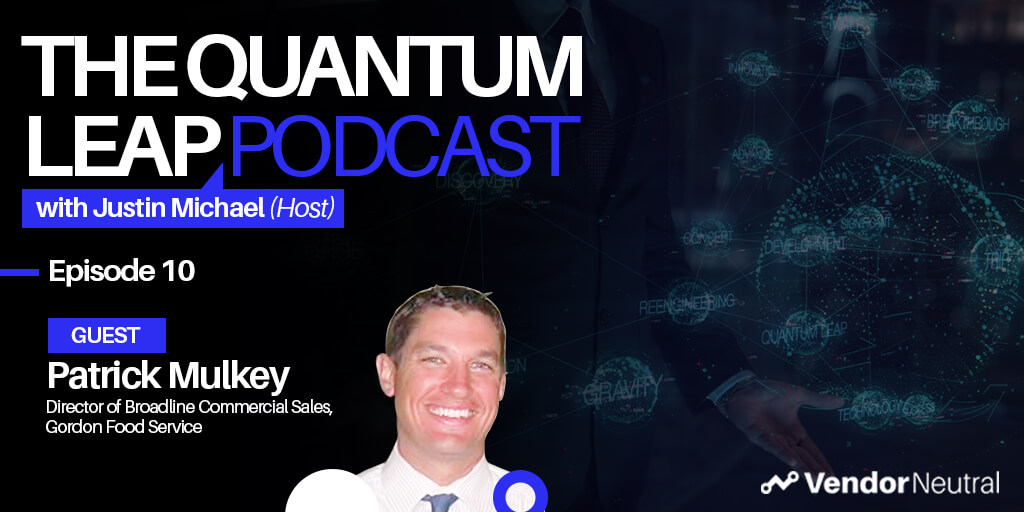 Evaluating and Updating Your Enterprise Sales Technology StackEvaluating and Updating Your Enterprise Sales Technology Stack
Evaluating and Updating Your Enterprise Sales Technology StackEvaluating and Updating Your Enterprise Sales Technology Stack -
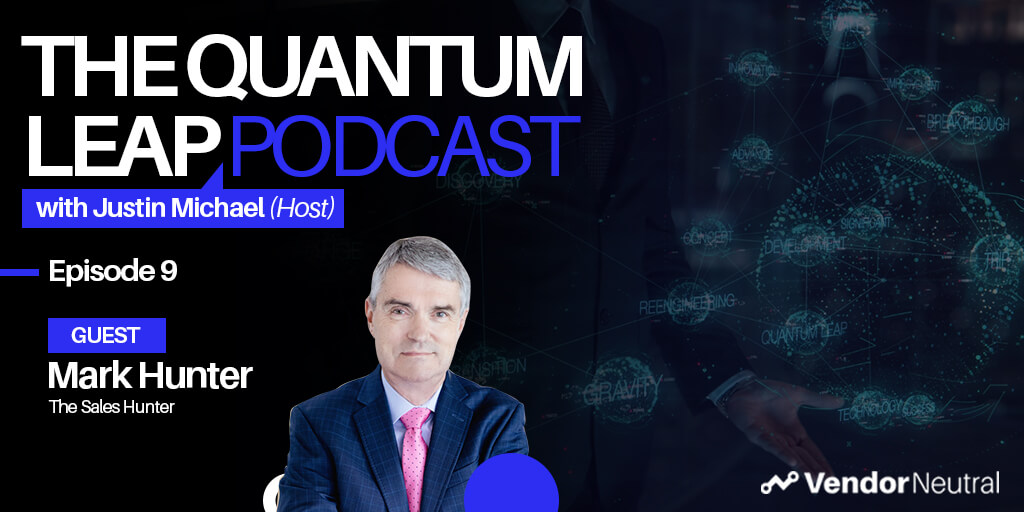 How-to Connect With Enterprise Buyers When Selling From HomeHow-to Connect With Enterprise Buyers When Selling From Home
How-to Connect With Enterprise Buyers When Selling From HomeHow-to Connect With Enterprise Buyers When Selling From Home -
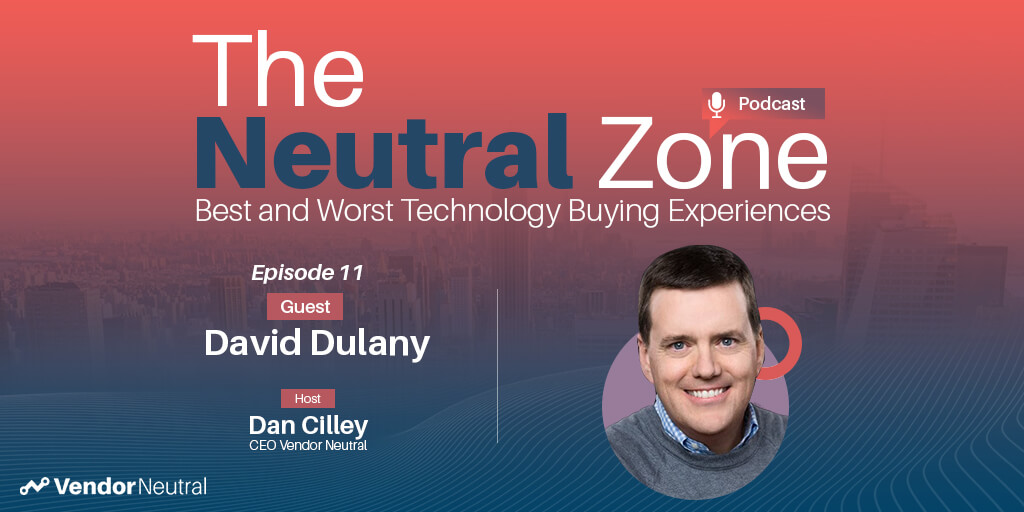 Is the Sales Technology Buying Process Over Engineered?Is the Sales Technology Buying Process Over Engineered?
Is the Sales Technology Buying Process Over Engineered?Is the Sales Technology Buying Process Over Engineered? -
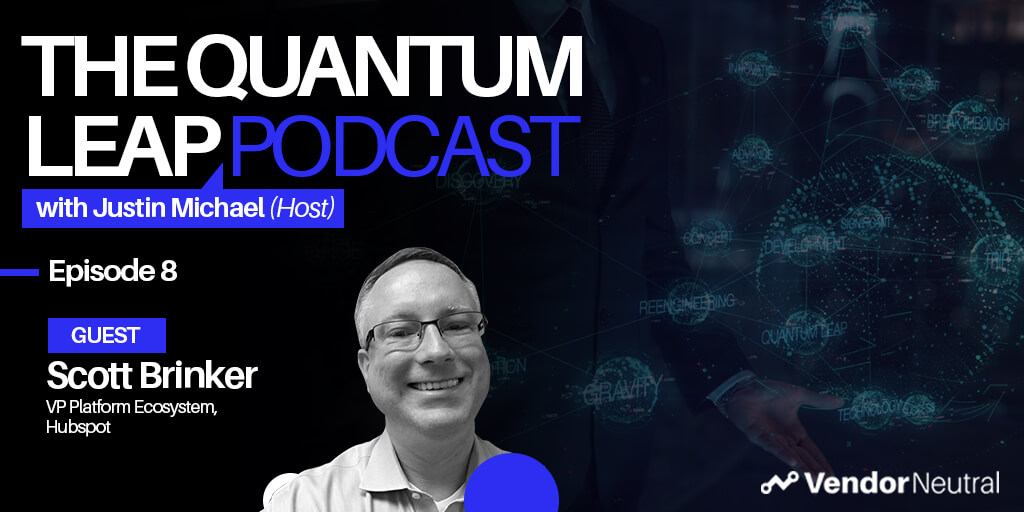 Tangible Ways to Digitally Transform Enterprise OrganizationsTangible Ways to Digitally Transform Enterprise Organizations
Tangible Ways to Digitally Transform Enterprise OrganizationsTangible Ways to Digitally Transform Enterprise Organizations -
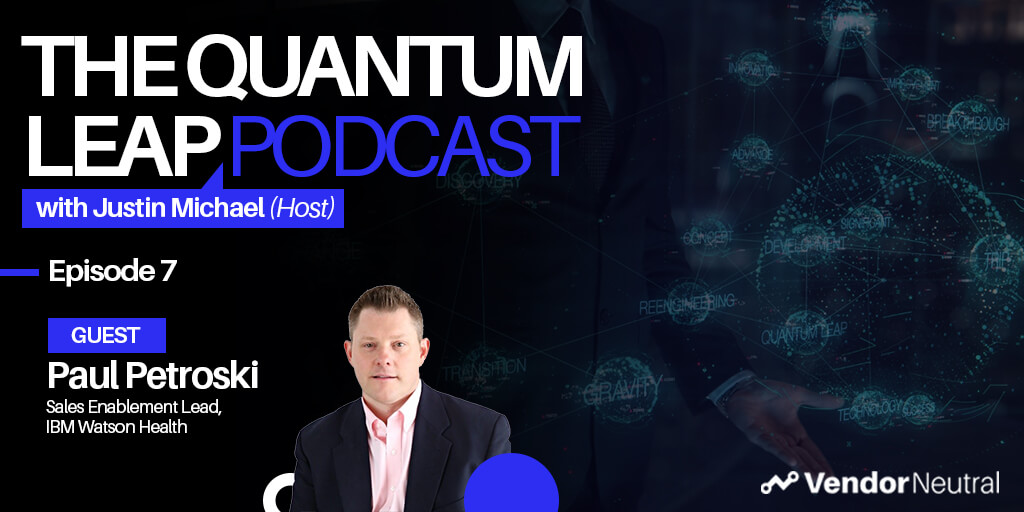 Quantum Leap Podcast Episode 7Quantum Leap Podcast Episode 7
Quantum Leap Podcast Episode 7Quantum Leap Podcast Episode 7 -
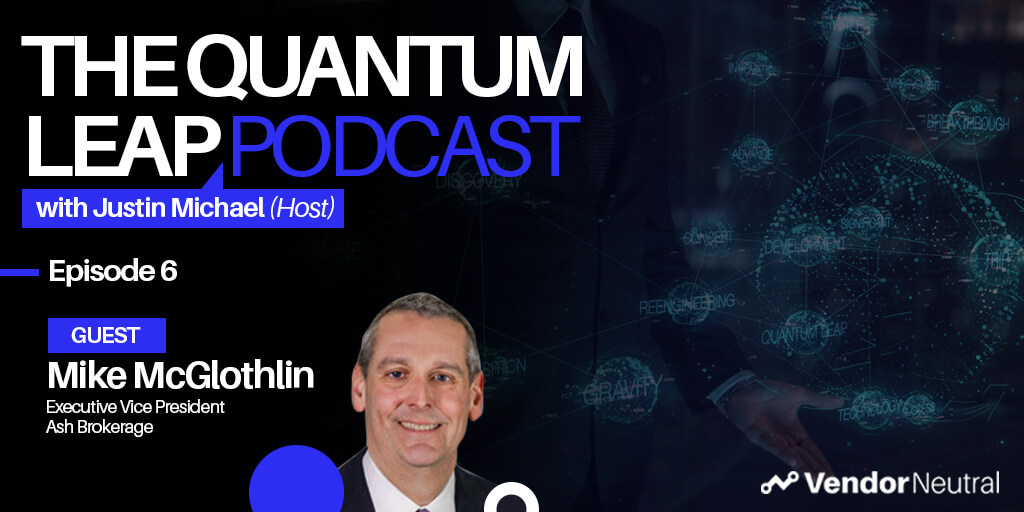 How Sales Technology is Making an Impact in the Financial SpaceHow Sales Technology is Making an Impact in the Financial Space
How Sales Technology is Making an Impact in the Financial SpaceHow Sales Technology is Making an Impact in the Financial Space -
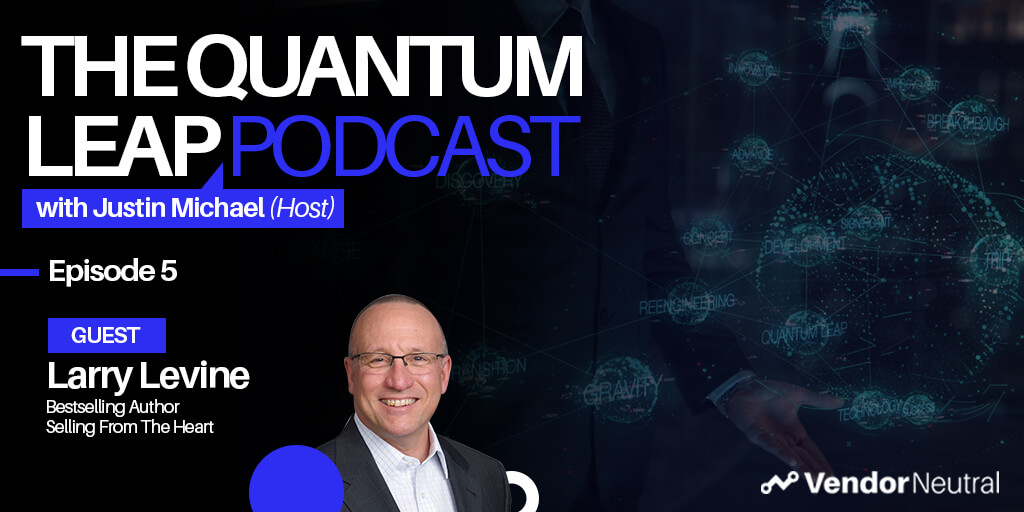 Quantum Leap Podcast Episode 5Quantum Leap Podcast Episode 5
Quantum Leap Podcast Episode 5Quantum Leap Podcast Episode 5 -
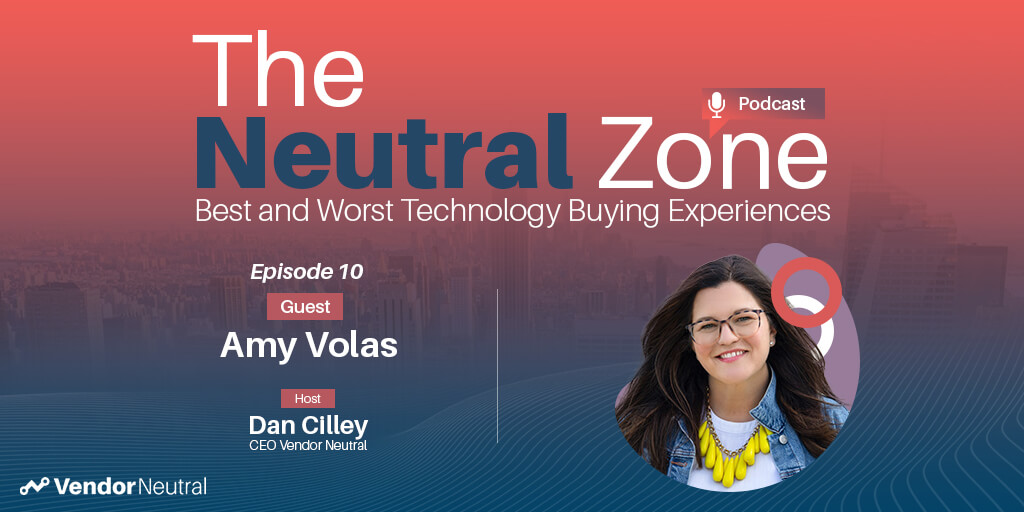 Clear View of Sales Episode 10 with Amy VolasClear View of Sales Episode 10 with Amy Volas
Clear View of Sales Episode 10 with Amy VolasClear View of Sales Episode 10 with Amy Volas -
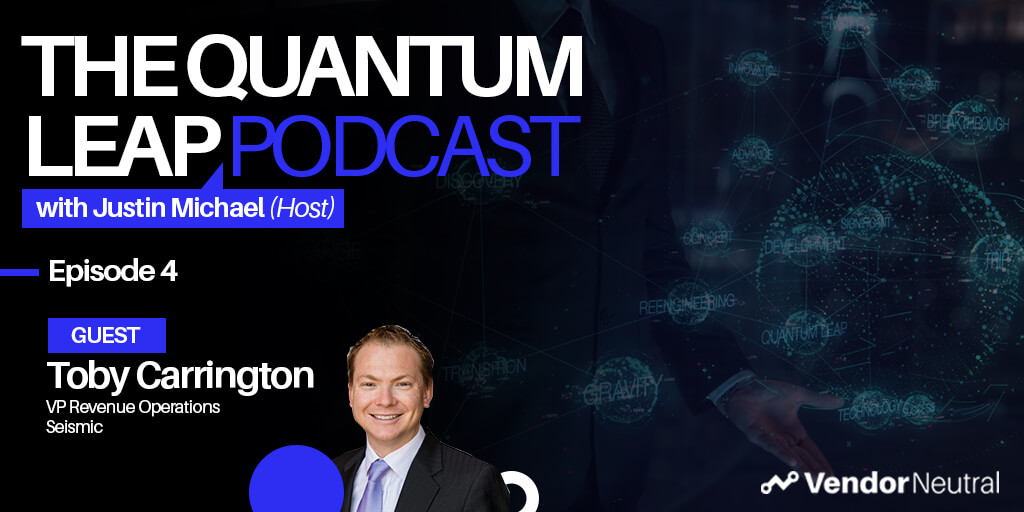 Quantum Leap Podcast Episode 4: Transforming Your Enterprise TechStack, The Future is Bright!Quantum Leap Podcast Episode 4: Transforming Your Enterprise TechStack, The Future is Bright!
Quantum Leap Podcast Episode 4: Transforming Your Enterprise TechStack, The Future is Bright!Quantum Leap Podcast Episode 4: Transforming Your Enterprise TechStack, The Future is Bright! -
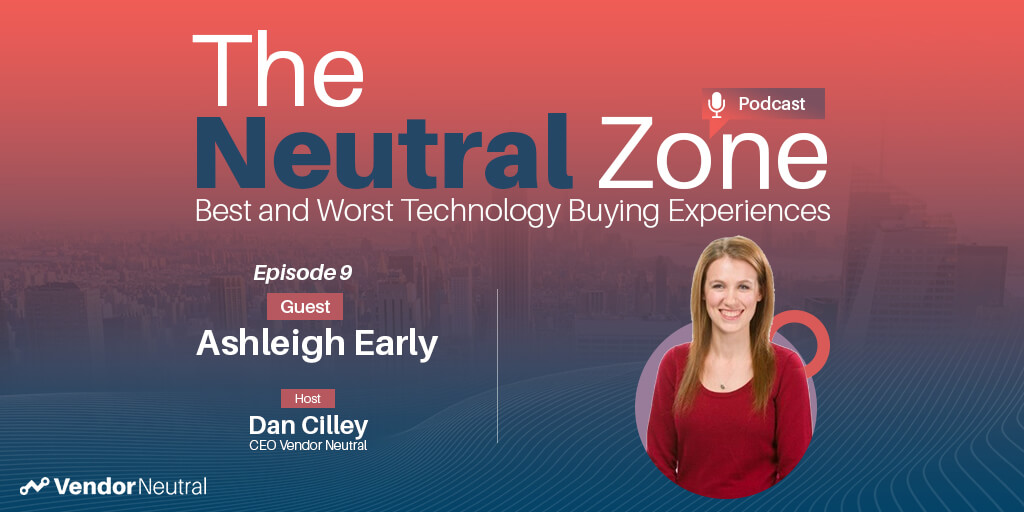 Clear View of Sales with Ashleigh Early:Clear View of Sales with Ashleigh Early:
Clear View of Sales with Ashleigh Early:Clear View of Sales with Ashleigh Early: -
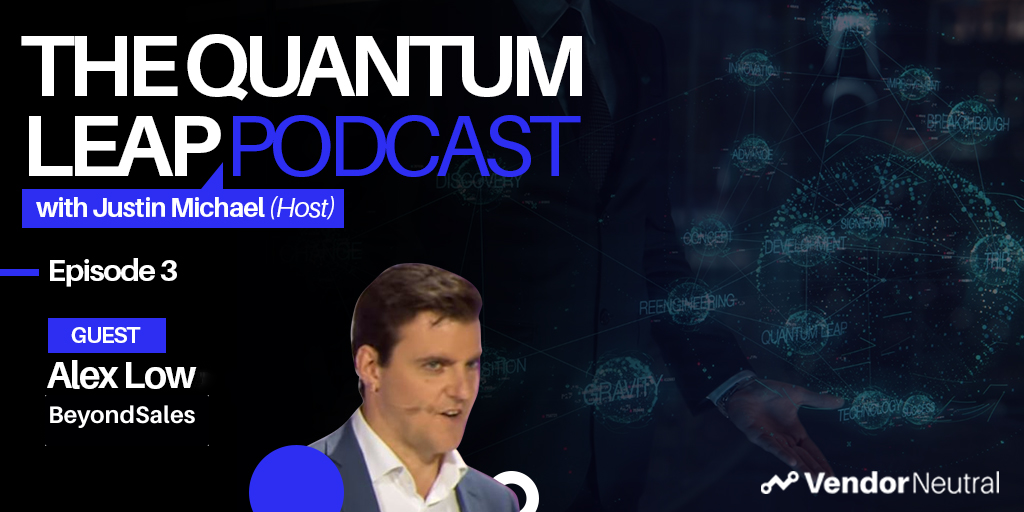 Quantum Leap Episode 3: Unlock the Mystery of Enterprise TransformationQuantum Leap Episode 3: Unlock the Mystery of Enterprise Transformation
Quantum Leap Episode 3: Unlock the Mystery of Enterprise TransformationQuantum Leap Episode 3: Unlock the Mystery of Enterprise Transformation -
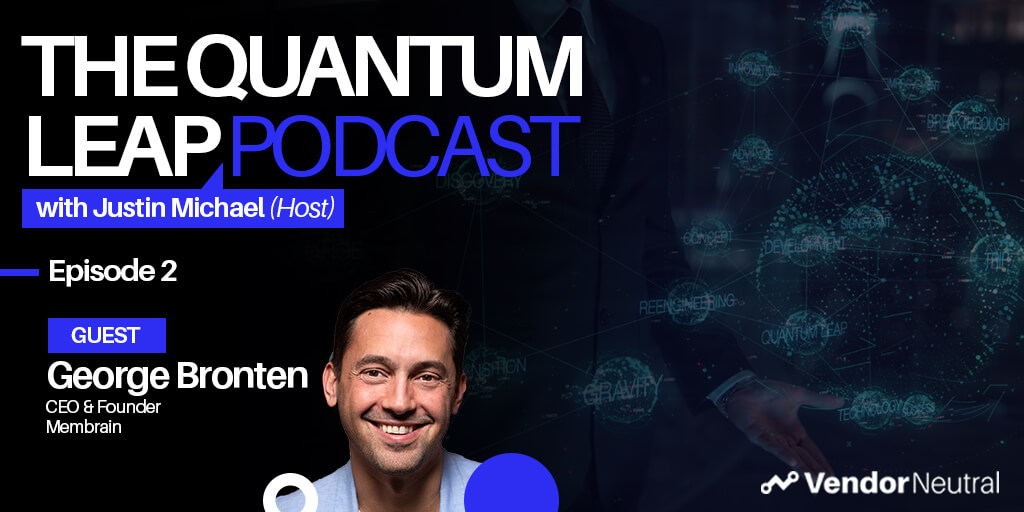 Quantum Leap Podcast Episode 2Quantum Leap Podcast Episode 2
Quantum Leap Podcast Episode 2Quantum Leap Podcast Episode 2 -
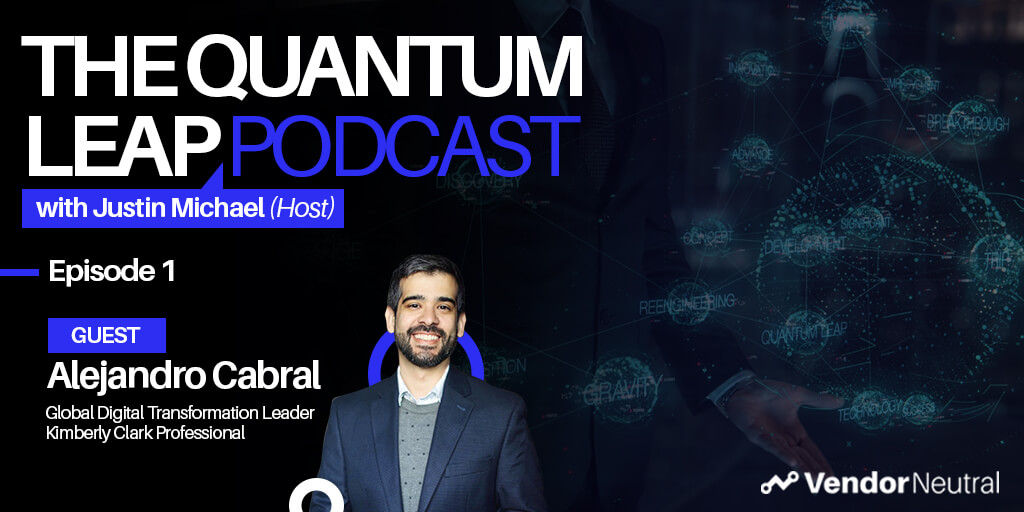 Quantum Leap Podcast Episode 1Quantum Leap Podcast Episode 1
Quantum Leap Podcast Episode 1Quantum Leap Podcast Episode 1 -
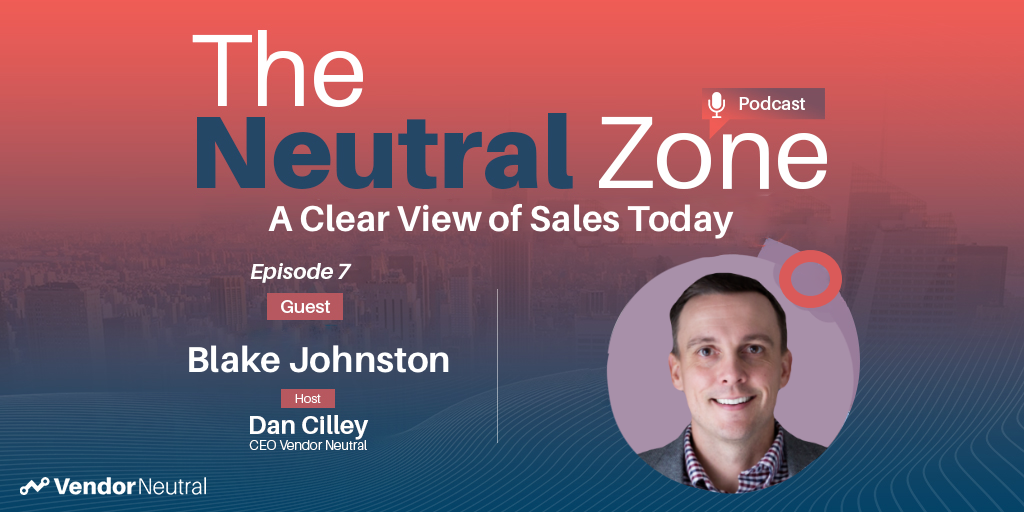 The Best & Worst B2B Technology Buying Experiences With Blake JohnstonThe Best & Worst B2B Technology Buying Experiences With Blake Johnston
The Best & Worst B2B Technology Buying Experiences With Blake JohnstonThe Best & Worst B2B Technology Buying Experiences With Blake Johnston -
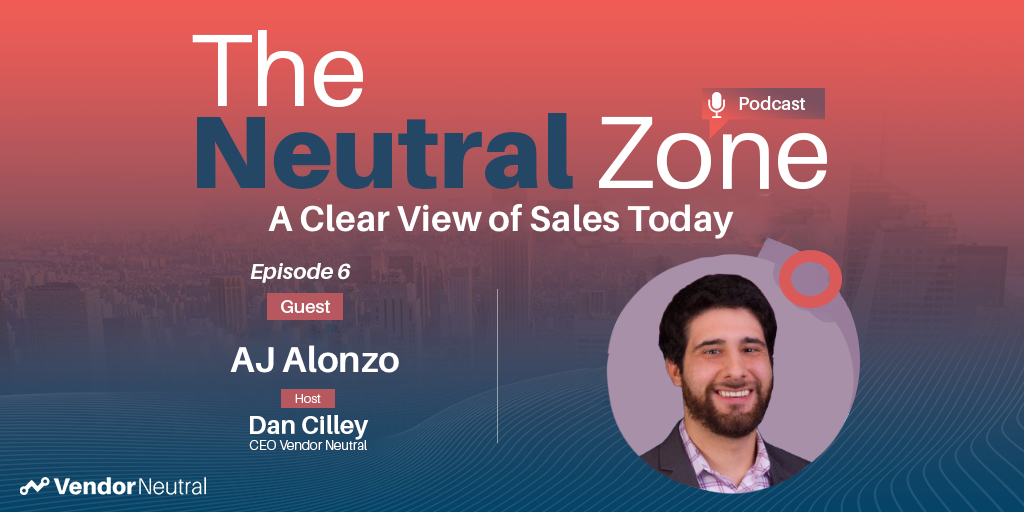 The Best & Worst B2B Technology Buying Experiences With AJ AlonzoThe Best & Worst B2B Technology Buying Experiences With AJ Alonzo
The Best & Worst B2B Technology Buying Experiences With AJ AlonzoThe Best & Worst B2B Technology Buying Experiences With AJ Alonzo -
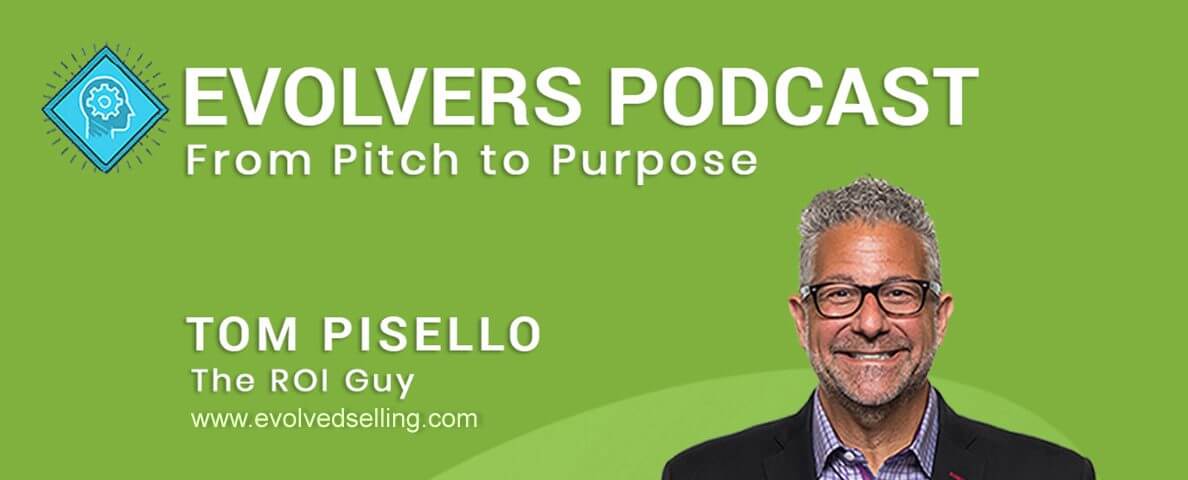 Evolvers Podcast: The Democratization of Sales Enablement? With Dan CilleyEvolvers Podcast: The Democratization of Sales Enablement? With Dan Cilley
Evolvers Podcast: The Democratization of Sales Enablement? With Dan CilleyEvolvers Podcast: The Democratization of Sales Enablement? With Dan Cilley -
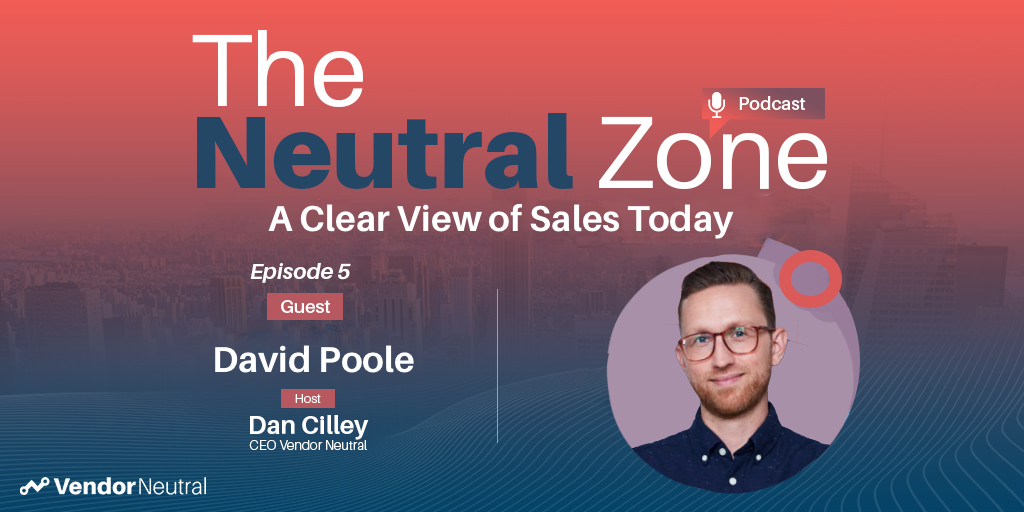 The Best & Worst B2B Technology Buying Experiences With David PooleThe Best & Worst B2B Technology Buying Experiences With David Poole
The Best & Worst B2B Technology Buying Experiences With David PooleThe Best & Worst B2B Technology Buying Experiences With David Poole -
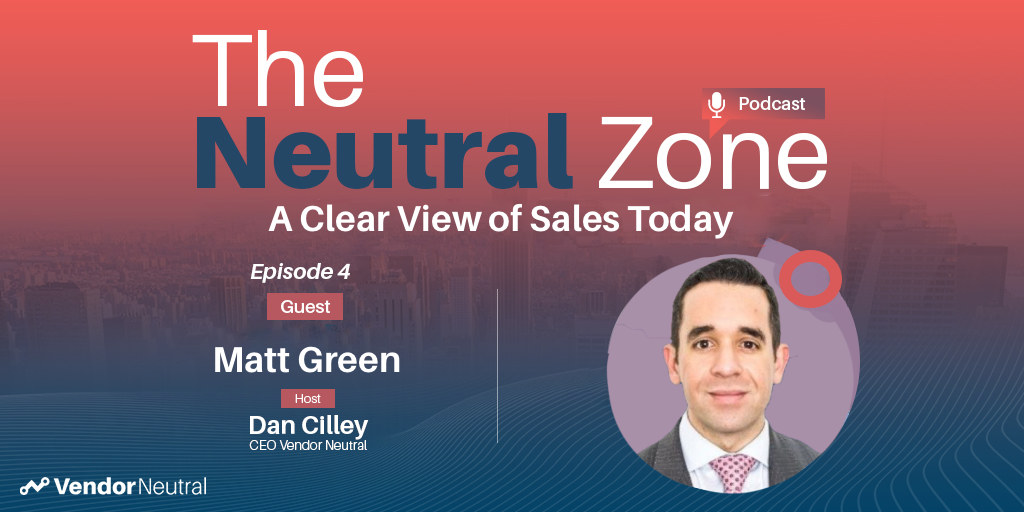 The Best & Worst B2B Technology Buying Experiences With Matt GreenThe Best & Worst B2B Technology Buying Experiences With Matt Green
The Best & Worst B2B Technology Buying Experiences With Matt GreenThe Best & Worst B2B Technology Buying Experiences With Matt Green -
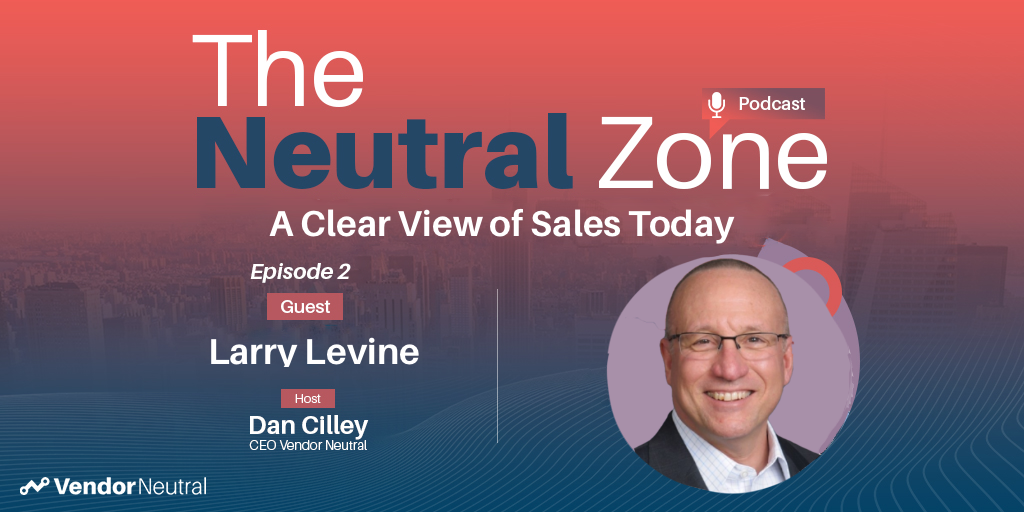 The Best & Worst B2B Technology Buying Experiences with Larry LevineThe Best & Worst B2B Technology Buying Experiences with Larry Levine
The Best & Worst B2B Technology Buying Experiences with Larry LevineThe Best & Worst B2B Technology Buying Experiences with Larry Levine -
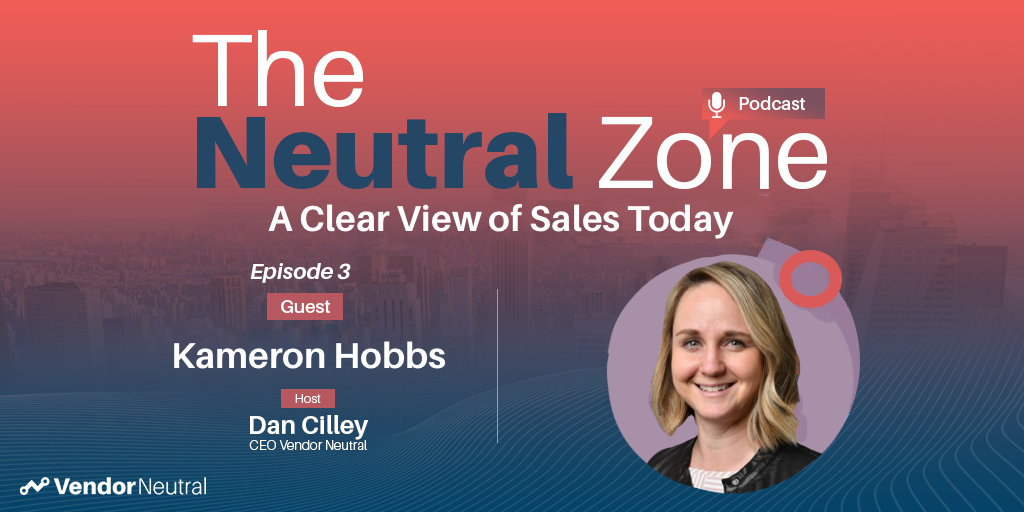 The Best & Worst B2B Technology Buying Experiences with Kameron HobbsThe Best & Worst B2B Technology Buying Experiences with Kameron HobbsVideo
The Best & Worst B2B Technology Buying Experiences with Kameron HobbsThe Best & Worst B2B Technology Buying Experiences with Kameron HobbsVideo -
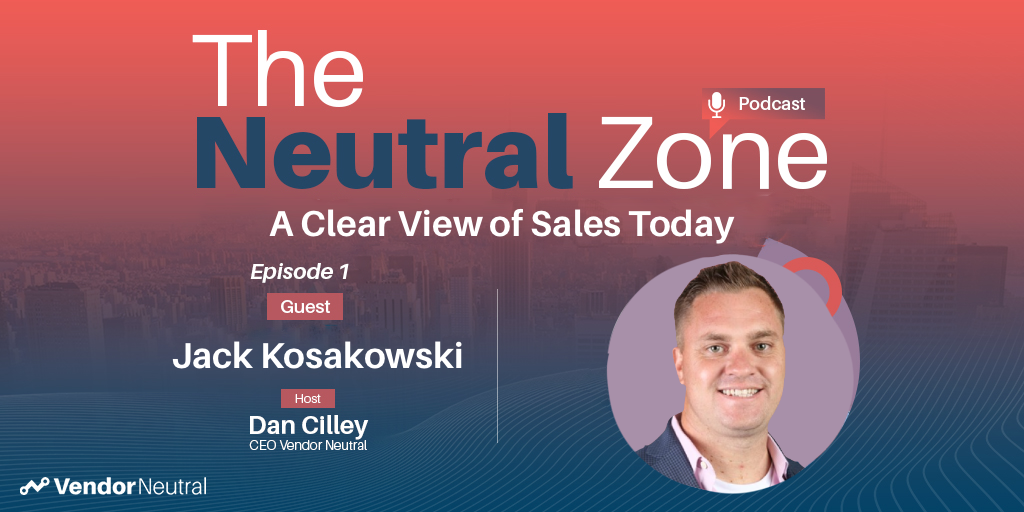 The Best & Worst B2B Technology Buying Experiences with Jack KosakowsiThe Best & Worst B2B Technology Buying Experiences with Jack KosakowsiPodcast
The Best & Worst B2B Technology Buying Experiences with Jack KosakowsiThe Best & Worst B2B Technology Buying Experiences with Jack KosakowsiPodcast
